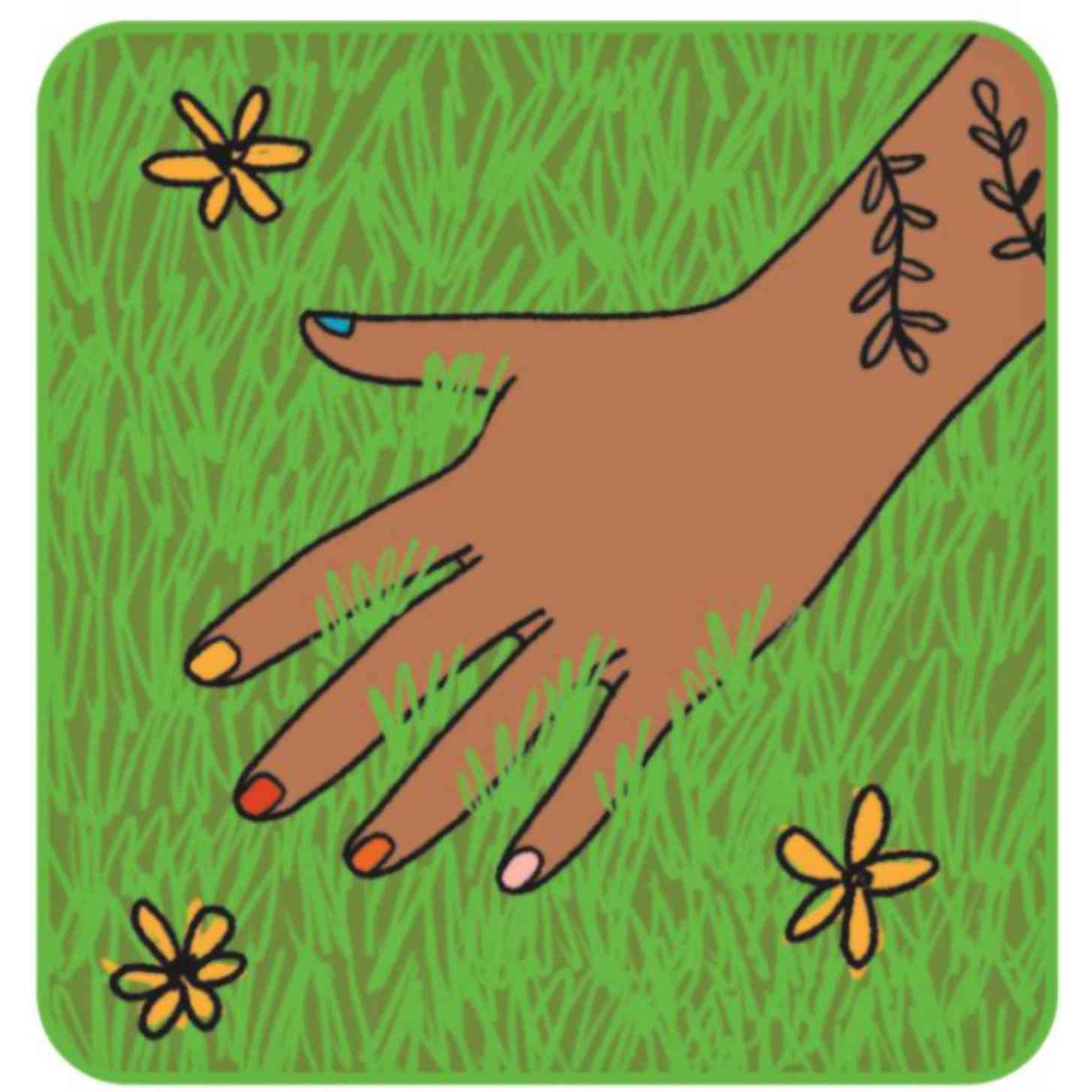More And More People Are Opting For 'Dumb Phones' — Or Getting Rid Of Them Altogether
“I hate my phone.”
That’s how comedian Eddy Burback began a 46-minute YouTube video that would go on to accrue more than 4.3 million views.
“I am constantly using my phone to see things that I don’t want to see,” Burback, 28, continued. “Like a lot of people my age, my smartphone has attached itself to nearly every aspect of my daily life, and it’s really starting to make me feel like it’s having a negative effect on me.”
So he got rid of it.
For 30 days, Burback kept his iPhone and Apple Watch in a locked safe. He invested in a corded landline with an answering machine, wrote down bus routes with a pen and paper, exclusively used a computer during work hours, and swapped out Instagram doomscrolling for paperback books.
Burback’s experience wasn’t seamless by any means — or easily replicable. His answering machine was filled with loving messages from friends and family, but it was also constantly ringing from spam calls. He missed the inherent safety that smartphones afforded, especially when commuting at night. And it was impossible for people to reach him on the go — a luxury he wouldn’t be able to manage if he were a parent or caretaker.
Still, despite a few hiccups, he said the experiment did wonders for his mental health.
“I’m not exposing a problem that was hidden in the shadows,” Burback admitted as his video drew to a close. “We all know it. We feel it everyday.”
Burback speaks to a growing trend of “digital detoxing,” a movement that has inspired people of all ages to delete social media apps, set screentime limits, and even trade their smartphones in for “dumb phones.”
That’s what Vox journalist Swati Sharma did in May, when she ditched her iPhone for a pink $90 HMD Barbie flip phone.
“My life felt more full because of the burst of spontaneity encouraging deeper connections with my friends and family,” Sharma reported after her month-long detox. “My attention span also no longer seemed like it’s the size of a small pea.”
Sharma then quoted a study from the CDC, which found that symptoms of anxiety or depression were higher among teens who spent four hours or more on their phones each day.
“While I didn’t start this experiment out of concern for my mental health, it did help me feel more socially connected,” Sharma noted.
That hunger for social connection lies at the heart of the Offline Club, a concept dreamed up by three friends — Jordy van Bennekom, Valentijn Klok, and Ilya Kneppelhout — in 2021 after a week living as luddites in the Dutch countryside.
Today, Offline Club’s presence can be found all over the world, in phone-free pop-ups across London, Barcelona, and beyond. In September, the Offline Club did a 24-take over at a cafe in Jumeirah, Dubai.
“We are always connected with each other virtually but not in real-time,” Silvia Farina, one of 70 attendees, told the Khaleej Times. She said that events like these “bring back that balance we aspire [to] between our digital and non-digital lives.”
In the last four years, Offline Club co-founder Kneppelhout has seen the club grow in real time, from their first event in Amsterdam to a whopping 27 meet-ups all over the world in a single month.
He enjoys seeing people come together to swap their phones for novels, easels, and knitting needles as they strike up conversations with other club members who, on any other occasion, would be dismissed as passing strangers.
“I think the primary reason is that the world is screaming for more authentic and meaningful connection with other people, but also with oneself,” Kneppelhout told Ankha Azzura Magazine.
“And next to that, I think people are becoming more aware that their phones are really negatively impacting their lives, and that they’re spending more time on their phones and behind screens than they want to — but they don’t know how to get away from them.”
“I think the Offline Club is giving them the opportunity to go back to the old days. But in ‘modern jackets,’” Kneppelhout noted. “As we say in Dutch.”

5 Small Ways To Reduce Screen Time Without Going Off The Grid
- Start simple: Instead of locking your phone in a safe, you can gradually reduce screen time in 10 to 15 minute stretches a day to make the transition smoother and more sustainable.
- Turn off notifications: A 2024 study from Reviews.org found that Americans check their phones 205 times a day. You can tamp down on overchecking by silencing unnecessary alerts.
- Create screen-free zones: Designate certain places, or times, in your home where you intentionally go without your phone so that you can stay present. A good place to start is the dinner table.
- Set limits with news consumption: Make a plan to seek out news — from a source you trust — once a day to avoid being caught in a doomscrolling spiral of endless breaking news.
- Swap it out for something better: Americans spend an average of 5 hours and 16 minutes per day on their phone, according to Harmony Healthcare IT. Make an effort to swap out at least one hour of that screen time for a hobby you love (and likely miss).
A version of this article originally appeared in the 2025 Technology Edition of the Goodnewspaper.
Header image via Eddy Burback / YouTube






Please be good and do not spam. Thank you.